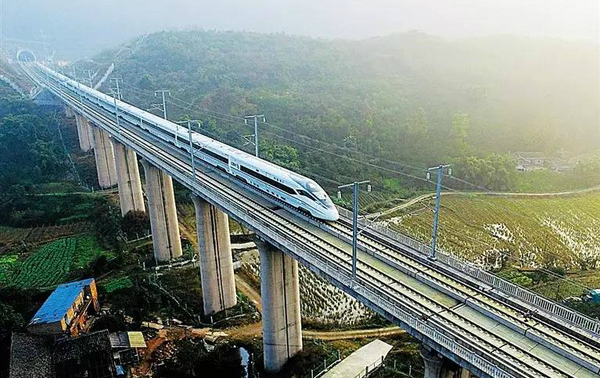
By Henry Hing Lee Chan
Rail Technology: The Amazing Catch Up that Propelled the Chinese Economy
The announcement of the biggest rail car export by China to developed countries on March 10 is another sign of the advancements of China’s indigenous rail technology.
Chicago awarded the USD $1.3 billion 846-unit rail car contract for the city’s "L" urban rail system to a unit of China Railway Rolling Corporation (CRRC). This is the company’s second deal in the US within the past 18 months. Prototypes for an initial order for 400 rolling stocks are due in 2019 and are expected to go into service a year later after tests. CRRC beat the line’s earlier car supplier, Canada’s Bombardier, to win the contract.
It was also reported that the Los Angeles-Las Vegas High Speed Rail (HSR) will start its Phase 1 work on September 2016 using Chinese indigenous technology. The successive wins of rail contracts in HSR and urban rolling stock in the most open and intellectual property sensitive country in the world, the US, attest to the price competitiveness and technological sophistication of indigenous Chinese rail technology.
In 2004 and 2005, China awarded the first set of HSR rolling stock contract to France’s Alstom, Germany’s Siemens, Canada’s Bombardier and Japan’s Kawasaki. At that time, the market for HSR was so competitive that China only spent RMB 2.3 billion to acquire the technology transfer license from the four companies. The licensed technology was designed to run at a top speed of 250 km/h for the Alstom, Bombardier and Kawasaki models, while the Siemens model was designed to run at a top speed of 300 km/h. To everyone’s surprise, China localized the technology and made further improvements to it, and by 2010, it had developed its own CRH 380A which runs at a top speed of 350 km/hr. The indigenously developed CRH 380 series is the workhorse of Chinese HSR lines today.
China is fast catching up in rail technology. In fact, it is leading in some cutting edge developments in the technology. The country has built the world’s first maglev slow-medium speed city train in Changsha, central China. The 18.5 km line is going to run at 100 km/h and is undergoing tests with service planned a few months later. The line was built at RMB 195 million per route km, comparable to conventional lines with significant improvements in noise cancellation and comfort.
By the end of 2015, China was running more than 19,000 km of HSR lines and accounted for almost 60 percent of the world’s running HSR lines. Under the current plan, China will build another 18,000 km in HSR lines by 2020, covering practically all Chinese cities with populations of over half a million. The country will spend RMB 800 billion per year on HSR construction, together with an estimated RMB 300-400 billion per year on city rail transport systems. This translates to a spending of RMB 1.2 trillion, or close to USD 200 billion on rail systems annually. With a local content of 95 percent upward (construction plus rolling stock), the rail industry is now a significant contributor to the Chinese economy.



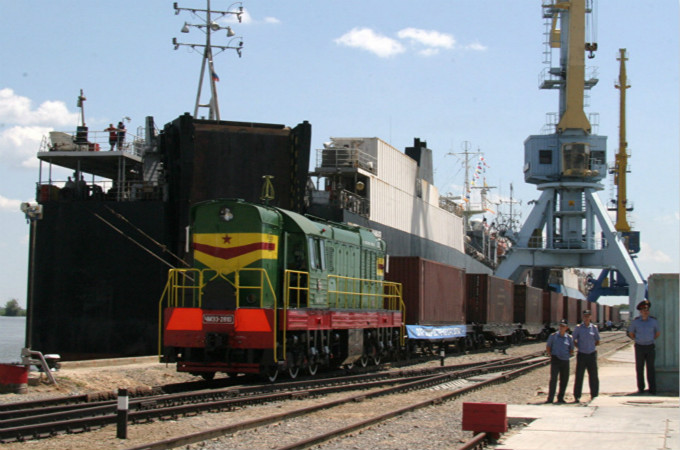

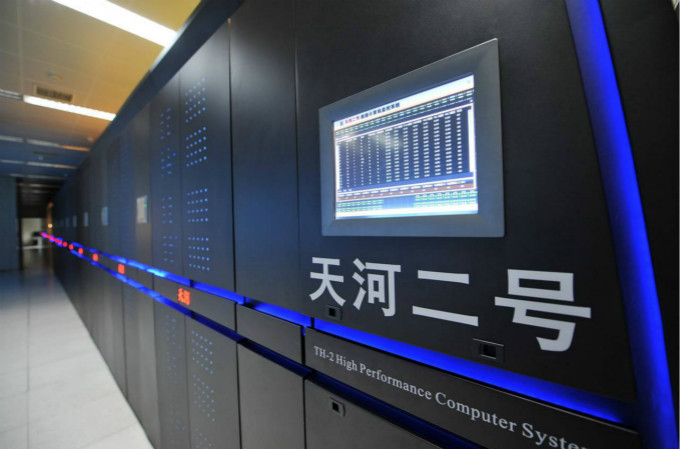
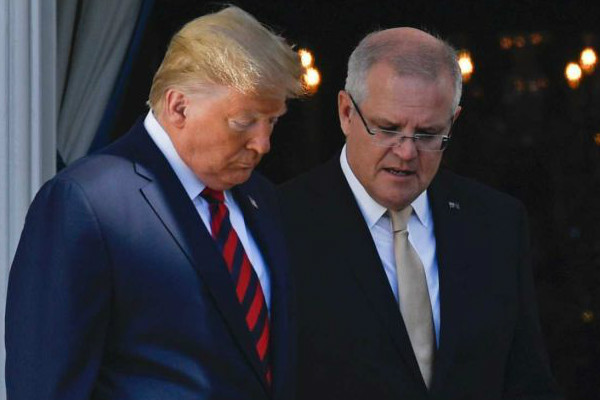
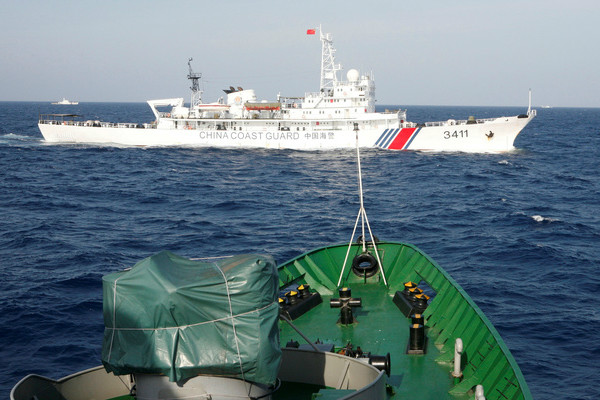
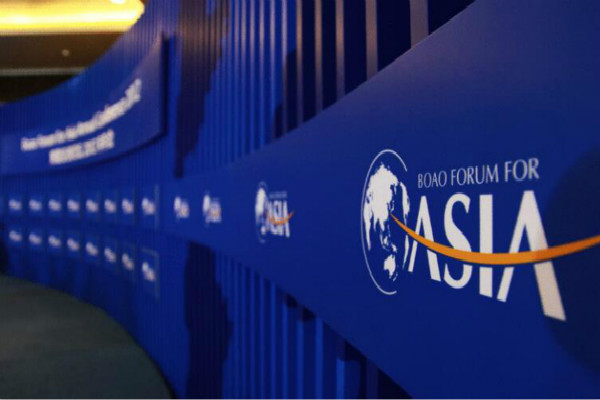


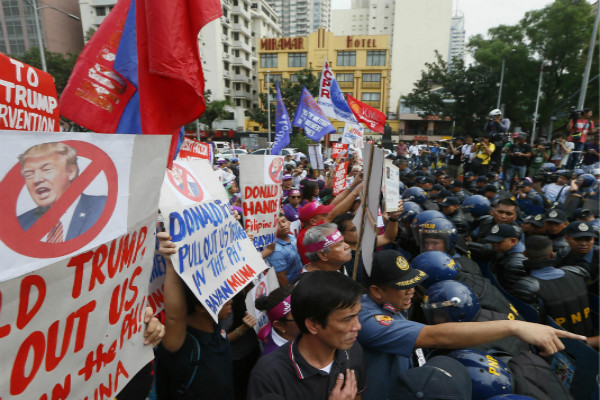



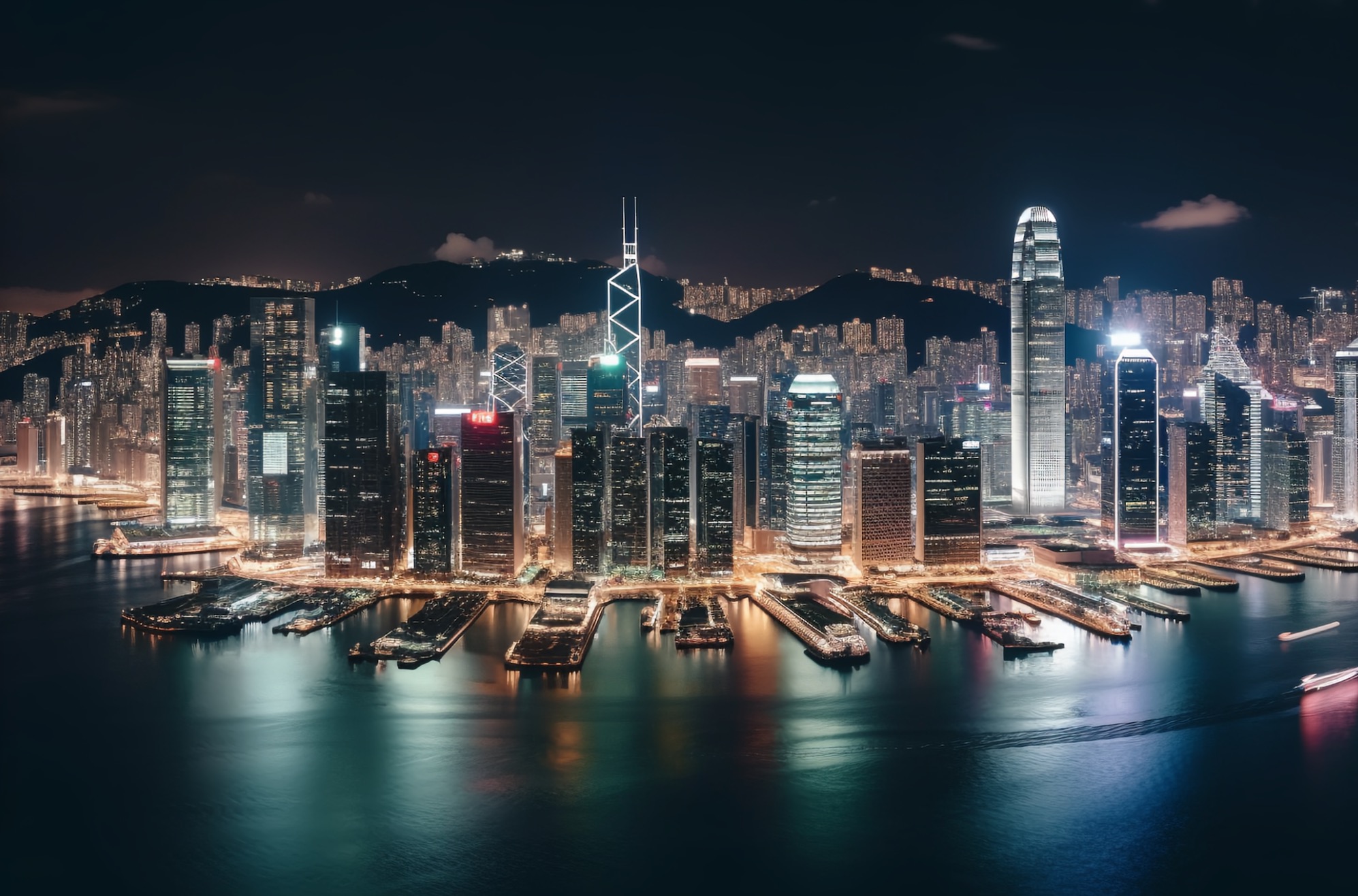
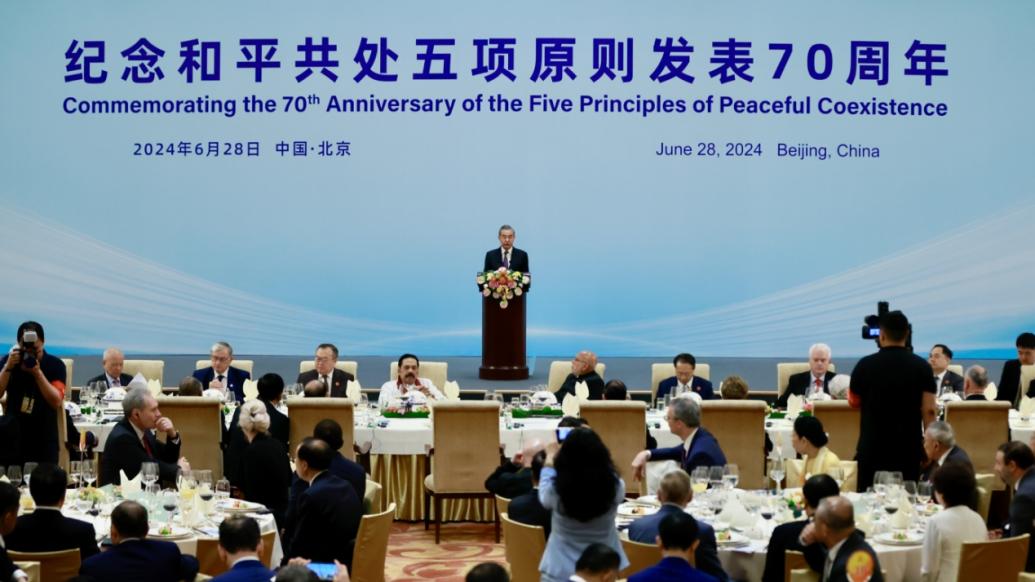

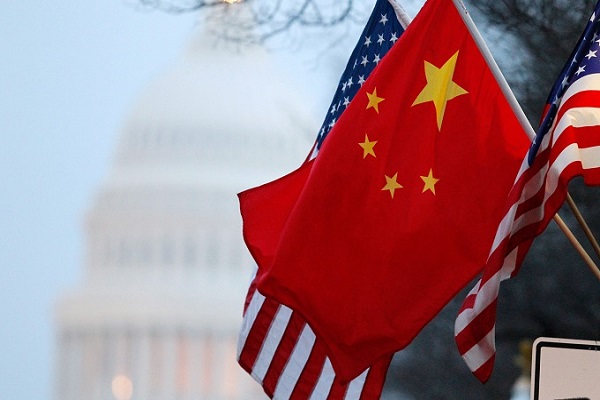
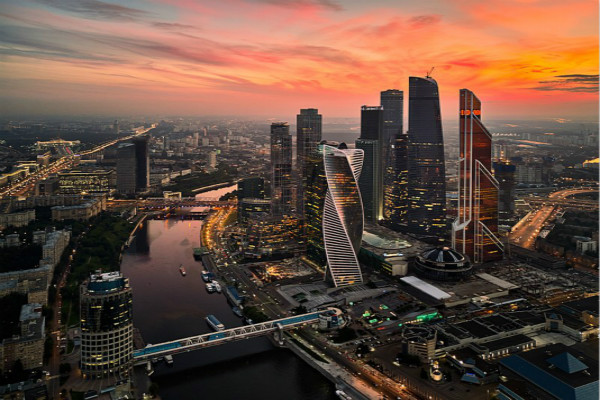

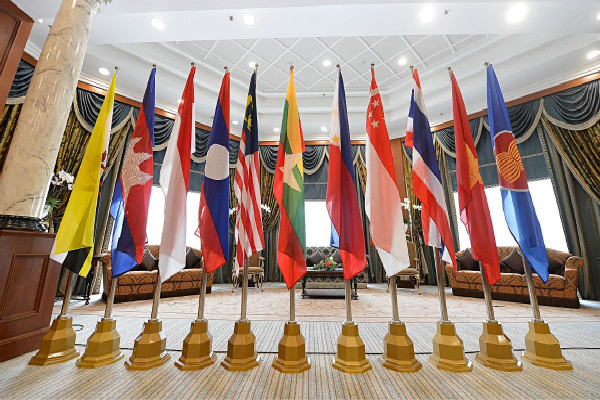
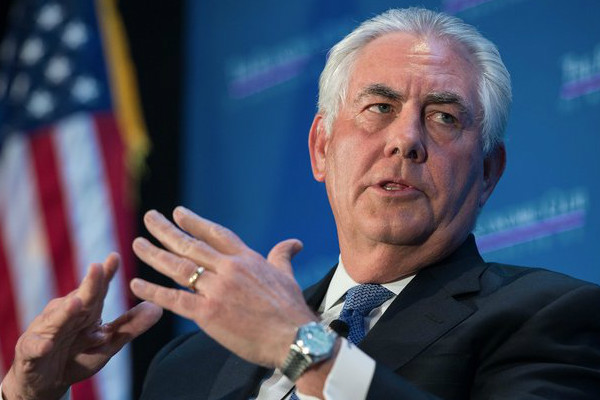

Leave a Reply
Your email address will not be published. Required fields are marked *